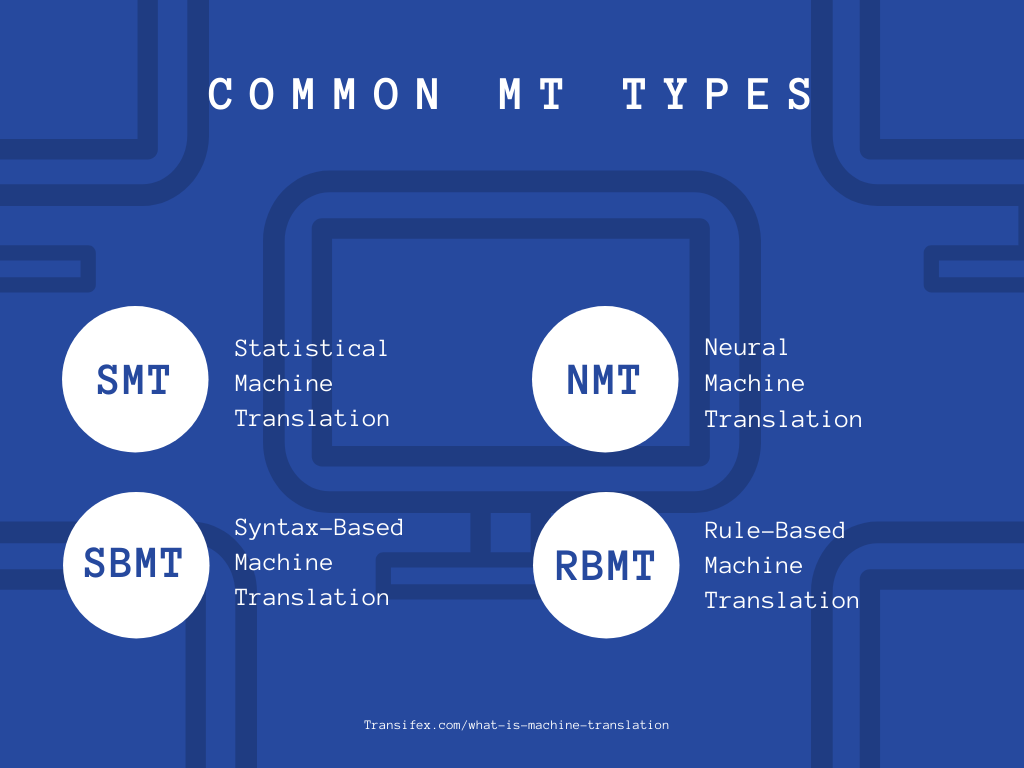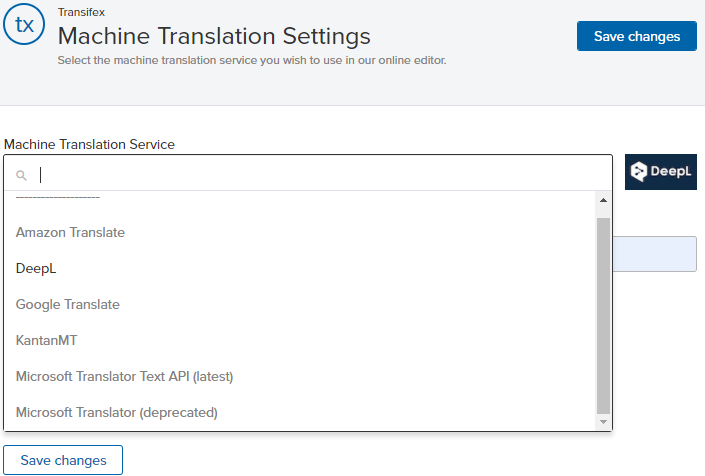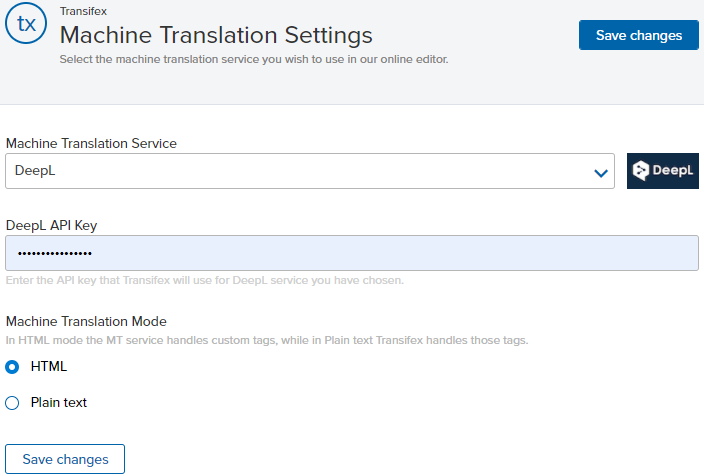
What is Machine Translation?
Machine Translation software uses various forms of AI (Artificial Intelligence) to translate content automatically. What’s awesome about it is that it can work without any human intervention.
When referring to Machine Translation (MT), we are talking about software such as Google Translate, Amazon Translate, and DeepL. Google Translate is probably the most popular example of MT software.
However, it’s worth pointing out that MT software is usually not that accurate. Human translators are not going anywhere anytime soon. Here is all you need to know about the advantages and disadvantages of the MT tools
And it’s also worth mentioning that MT and Translation Memory are not the same. Translation Memory is a different and more accurate tool that requires you to feed it with information. MT, on the other hand, may not be as accurate, but it can start translating immediately, automatically, and without any human assistance.
But both options are great for making localization easier and faster while cutting down on localization costs. You just have to know how to utilize them properly.
How Does Machine Translation Work?
So, all that MT does is that it automatically translates content. Pretty simple, right? But the way that it works is not simple at all.
There are multiple types of MTs; some are more sophisticated and complicated than others. Four of the most common ones are:
- Statistical Machine Translation
- Neural Machine Translation
- Syntax-Based Machine Translation
- Rule-Based Machine Translation
It’s worth pointing out that most modern MTs use a combination of the above types to deliver optimal results. And, thus, there is a very good chance that the tool of your preference is actually a Hybrid Machine Translation.
However, the most popular MTs, such as Google Translate, Amazon Translate, DeepL, and Microsoft Translate, all rely heavily on Neural Networks.
Statistical Machine Translation
As the name suggests, SMT (Statistical Machine Translation) relies on human translations to get the job done. It analyzes a database or databases to teach itself how to translate certain pieces of content and how to pick the best possible translations.
Despite being one of the oldest and most basic MT types, many still use SMT in combination with other types to create more effective, hybrid MTs.
Neural Machine Translation
Neural Machines use neural networks, often in combination with SMTs to offer the best results.
Under NMT, no pun intended, you’ll also find Deep NMT, which uses Machine Learning and AI (Artificial Intelligence).
Since Neural Networks aim to mimic biological brains, they are too complicated to explain in such a short article. So, you can find a little bit more about them on this page.
Syntax-Based Machine Translation
SBMT translates syntaxes, instead of individual words, and it does that by incorporating that data in SMT (Statistical Machine Translation) tools.
Rule-Based Machine Translation
RBMT relies a lot on context such as linguistic and grammatical rules. And by taking context into account, this MT type can rearrange words to form what should be a correct translation.
Human VS Machine
Despite all of the advances in Machine Translation technology, human translators are still the go-to pick for translating content. And that’s especially true for localization.
But why is it that we can’t fully automate translation? We even have neural networks that strive to imitate the real thing.
The simple answer is that Machine Translation tools are not advanced enough to take context into account.
Forget about translation and localization, for a moment. Even when we are referring to a single language, one word can have multiple meanings and different cultures may use different sayings that don’t make any literal sense.
Add context to the mix along with the challenges of translating and localizing, and you can clearly see why machines struggle so much to compete with humans. Obviously, only as far as complicated matters are concerned.
How to Use Machine Translation
Machine Translation may not be as accurate as human translators, but that’s not to say that you should completely disregard it. When used properly, MT is another tool that can save you time and effort while cutting down on costs.
Most people seem to agree that MT is a good choice for a starting point. Even if it only translates 10% of all your strings right, that’s 1000 words/sentences that you won’t have to bother with on a 10000-word project.
Don’t worry about ruining your documents and code. With a modern Translation Management System such as Transifex, that shouldn’t be a problem.
MT Integrations in Transifex
Transifex is a Translation Management System (TMS) that allows you to:
- Bring the whole localization team under a single place
- Translate with our editor to avoid going back and forth between documents
- Localize faster and more efficiently by using automation tools and integrations
As far as the third point is concerned, we currently offer 5 Machine Translation tools to pick from:
- Google Translate
- Amazon Translate
- Microsoft Translate
- DeepL
- KantanMT
Each one has its own pros and cons, but most are rather similar. For example, some claim that DeepL is more accurate for EU languages compared to the competition, but take that with a grain of salt. We encourage you to try out everything yourself and draw your own conclusions.
Amazon Translate, on the other hand, gives you the option of linking your glossary database to it for getting more accurate translations.
All of our MT integrations are free to use for all of our plans. And if you’ve already purchased a premium MT plan, you can bring it to Transifex with your API key as well.
How to Enable Machine Translation in Transifex
To start using Machine Translation in Transifex:
- Log in to your Transifex account (Or create one up for free)
- Click on “Transifex” on the upper right part of the screen
- Organization Settings
- Machine Translation
- Pick an MT from the dropdown menu
- Fetch your MT account’s API
- And start translating
With MT enabled, you can also activate Machine Translation Fill-up under:
- (Project of your choice)
- Settings
- Workflow
- Machine Translation Fill-up
But it’s worth pointing out that automatic TM fill-up is only available for premium users and above – which is what you get on our free trial anyway.
You also have the option of using a different MT for a specific project or no MT at all. All you have to do is go to your project’s settings and select “override machine translation settings” at the right part of the screen.
Related posts
3 Common Misconceptions of Machine Translation
5 Uncommon Yet Interesting Machine Translation Software Use Cases












